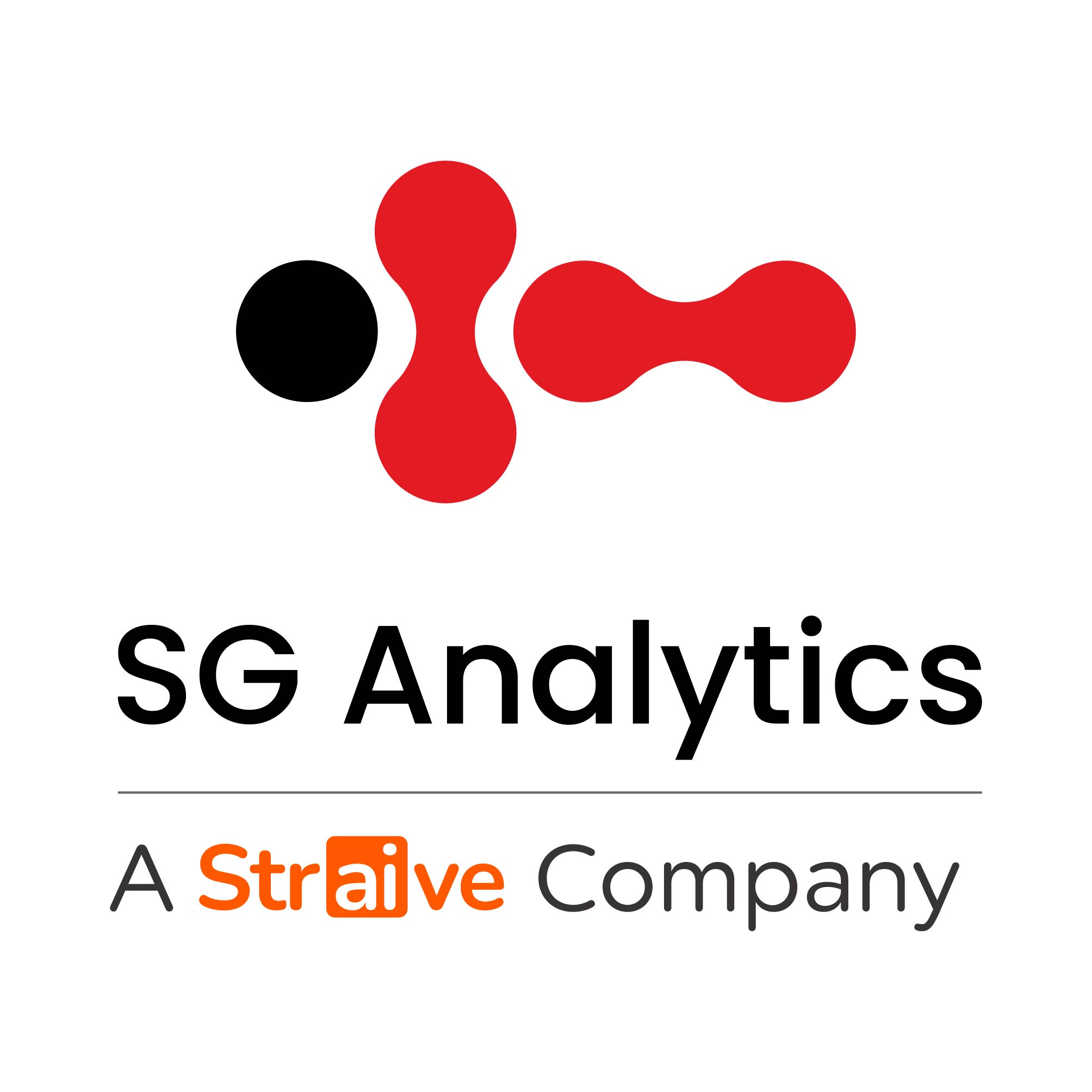The Shopper ecosystem has been continuously evolving across the globe right from Baby Boomers or Traditionalists born in the pre-1965 era to the Millennials born between the 1980s and early 90s; successfully infusing a paradigm shift in the way the shopping environment functioned.
Following the millennials, a whole new generation, coined as Generation Z or GenZ, born from millennial parents in the post-1995 era; are now entering the workforce and emerging as a potential shopper segment.
An even more voluminous and curious generation than millennials, GenZ’s already make up nearly a quarter of the population, and by 2020, this will rise to 40%. (United States Census Bureau). Furthermore, this age group possesses a purchasing power of $29 – $143 billion by 2020; a golden opportunity for today’s retailers who are determined to keep their needle tilted towards “P” on the P&L weighing scale.
What do GenZ’s look for in a shopping experience
Unlike their predecessors, they don’t get excited about technology but rather, expect technological integration to enhance experiences. Especially, when it comes to shopping, the GenZ’s
- Favor Brick and Motor stores over online shopping.
- They rely mostly on social media opinions for decision-making rather than the sales representative’s advice about a product/service.
- They don’t adhere to brand loyalty. ‘Personalized and individualized’ is all that matters to them.
- Most of all, as the first mobile-native generation, they are extremely impatient and count on quick delivery systems.
Why do retailers need to focus on GenZ’s?
Catering to a bunch of unique explorers is anything but an easy task for retailers. Though the characteristics of GenZ’s pose a substantial challenge for retailers to keep up and stand out in meeting this generation’s customer journey; it equally gives great opportunities to brand their unique products for their unique consumers.
- Although a generation groomed in the world of internet and social media, they prefer ‘brick and motor’ shopping experience. Hence retailers don’t have to worry about their outlets going extinct in the online shopping era.
- As GenZ’s lookout for specific and personalized options, it’s a fortuity for retailers to enable customized services or products for their customers; adding a whole new value to one’s own brand.
- Incorporating technology to meet GenZ’s standards is a great pitch for retailers to correlate within current and target markets obliquely.
So, how technology can cater to both GenZ’s and retailers
To entice a generation that looks for tangible in-store experiences coupled with technology, incorporating technologies like IoT and growing technologies like AI with its off-springs, Virtual reality (VR) and Augmented reality (AR), can aid the retailers to grow their footfall as well as meet the GenZ’s expectations potentially.
To illustrate, consider a situation where a person returning home after a tedious day from work and realizes that he/she is out of groceries; thinking about ordering food outside or going out for grocery shopping at that point in time is exasperating. But, with AI on-board, such situations are less likely to occur, as the cognitive intelligence would have already notified and reminded the required by crawling through the in-hand and analyzed data; furthermore placing the grocery or food orders by itself.
In the case of retailers, AI can assist them in easily analyzing their product consumption to design effective sales and marketing strategy; also comprehend and mind about the factors that drive their consumer behavior
All in All
In the ever-changing world of Shoppers, the Market is the only constant – earlier it was Millennial and now it is GenZ!
Though challenging, it’s a window of opportunity for retailers to accelerate their footfall in the erratic modern retail by attending to the growing needs of the unique generation.

